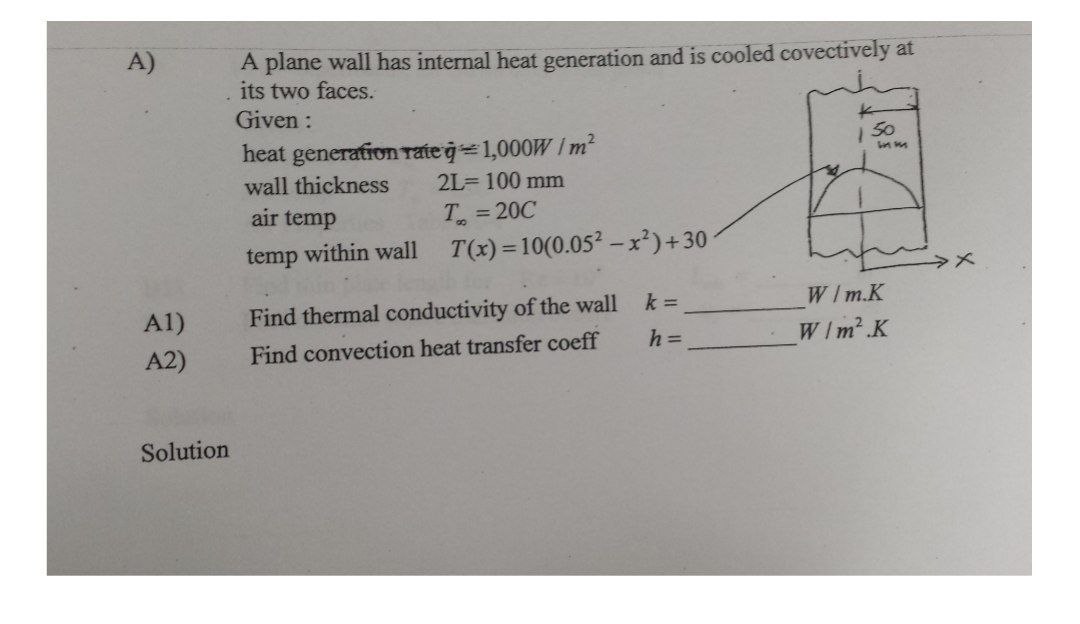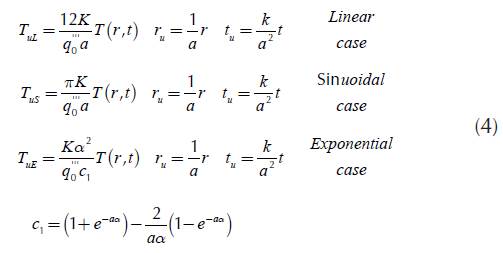
Internal volumetric heat generation and heat capacity prediction during a material electromagnetic treatment process using hybrid algorithms
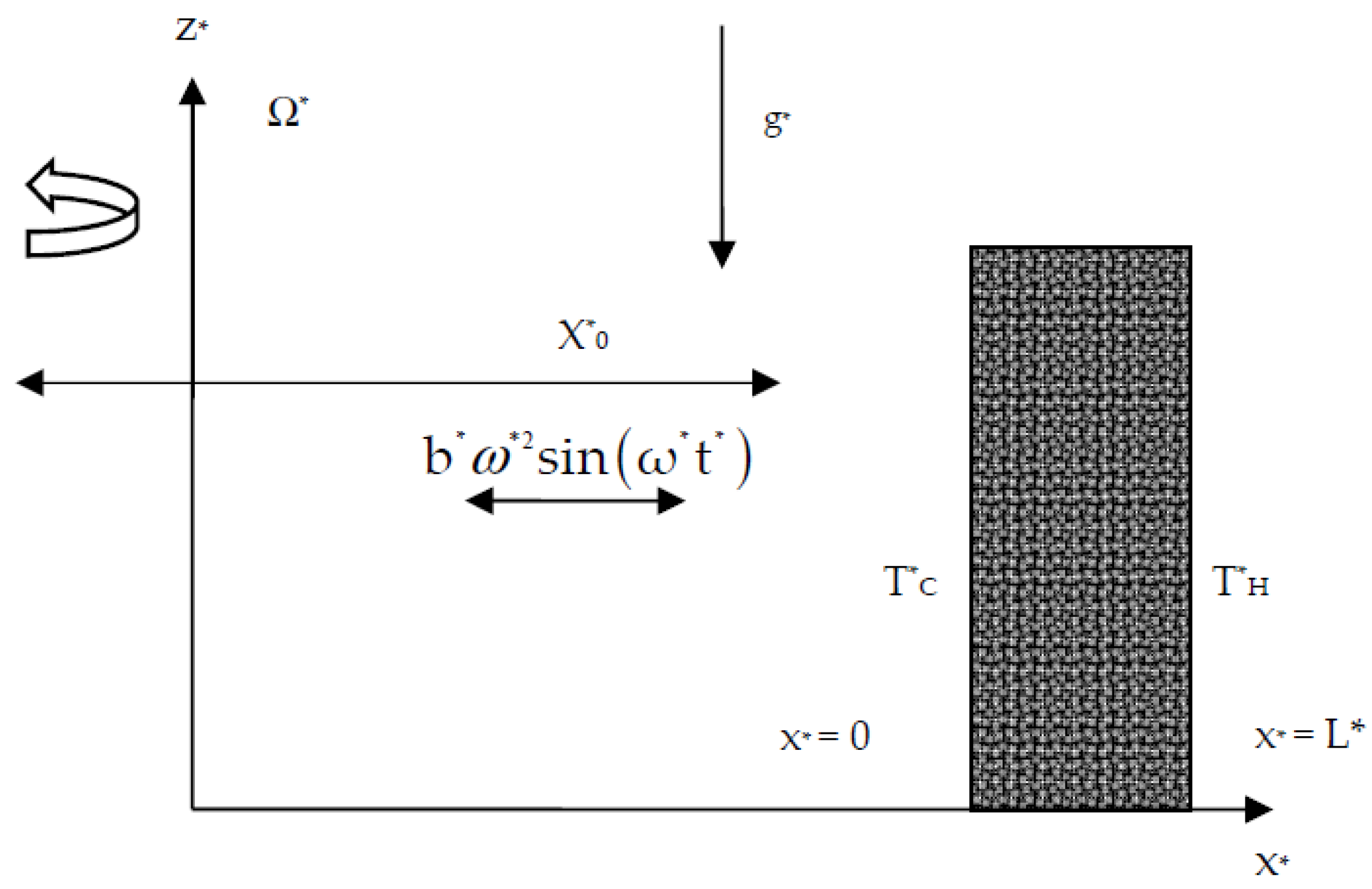
Physics | Free Full-Text | Vadasz Number Effects on Convection in a Vertical Rotating Porous Layer, Placed Far from Axis of Rotation, and Subjected to Internal Heat Generation and Centrifugal Jitter
Solved] An internal heat generation of 1000 What' occurs within the central layer of the composite wall. Convection heat transfer is allowed to tak... | Course Hero
![SOLVED:4T(t) dt = K[Ta(t) - T(t) - Pac(t) + P,(t)] TA(t) = ambient temperature T(t) temperature of room Pi(t) = internal heat generation (from student) P(t) thermal power removed by Ac unit SOLVED:4T(t) dt = K[Ta(t) - T(t) - Pac(t) + P,(t)] TA(t) = ambient temperature T(t) temperature of room Pi(t) = internal heat generation (from student) P(t) thermal power removed by Ac unit](https://cdn.numerade.com/ask_images/f86256267e484db98fe0e5f978ca7b8a.jpg)
SOLVED:4T(t) dt = K[Ta(t) - T(t) - Pac(t) + P,(t)] TA(t) = ambient temperature T(t) temperature of room Pi(t) = internal heat generation (from student) P(t) thermal power removed by Ac unit

A plane wall has internal heat generation and is cooled covectively at its two faces. Given: heat generation rate \dot{q}=1,000 W/m^{2} wall thickness 2L=100 mm air temperature T_{\infty}=20 C temperature within wall
PLOS ONE: On Comparison of Series and Numerical Solutions for Flow of Eyring-Powell Fluid with Newtonian Heating And Internal Heat Generation /Absorption
![PDF] Effects of internal heat generation, thermal radiation and buoyancy force on a boundary layer over a vertical plate with a convective surface boundary condition | Semantic Scholar PDF] Effects of internal heat generation, thermal radiation and buoyancy force on a boundary layer over a vertical plate with a convective surface boundary condition | Semantic Scholar](https://d3i71xaburhd42.cloudfront.net/92319a9321bfa7ea87177ae576bcbfc9da1dacf6/4-Figure4-1.png)
PDF] Effects of internal heat generation, thermal radiation and buoyancy force on a boundary layer over a vertical plate with a convective surface boundary condition | Semantic Scholar
Temperature profiles for VWT case with λ = 0: a) without internal heat... | Download Scientific Diagram
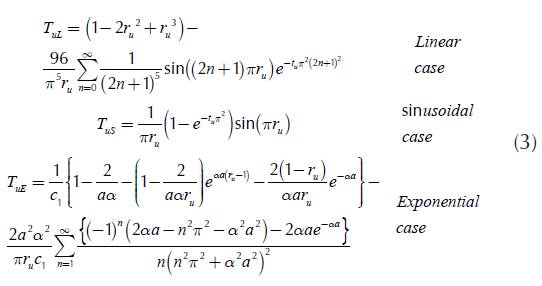
Internal volumetric heat generation and heat capacity prediction during a material electromagnetic treatment process using hybrid algorithms
A plate having thickness of 0.4 cm has an internal heat generation of 200 MW/m3 and a thermal conductivity of 25 W/mK. One side of the plate is insulated and the other

Chapter 3c : One-dimensional, Steady state conduction (with thermal energy generation) (Section 3.5 – Textbook) 3.1 Implications of energy generation Involve. - ppt video online download

Uniform internal heat generation at q˙ = 2.75 × 107 W/m3 is occurring in a cylindrical nuclear - Brainly.com

The plane wall shown has internal heat generation of 50 MW/m^3 and thermal properties of k = 19 W/m・◦C, ρ=7800 kg/m^3, and C=460 J/kg・◦C. It is initially at a uniform temperature of





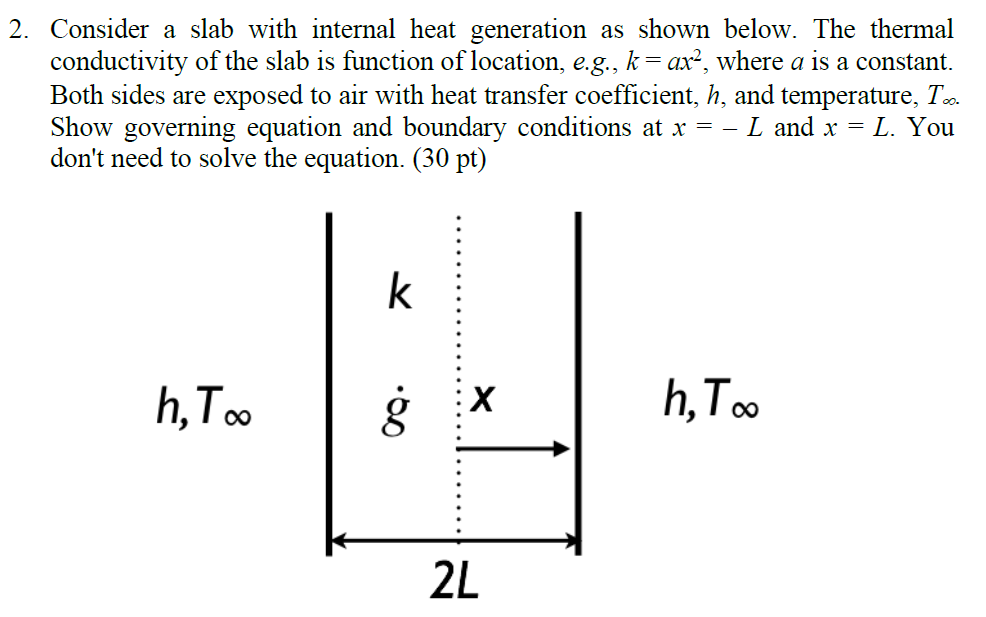
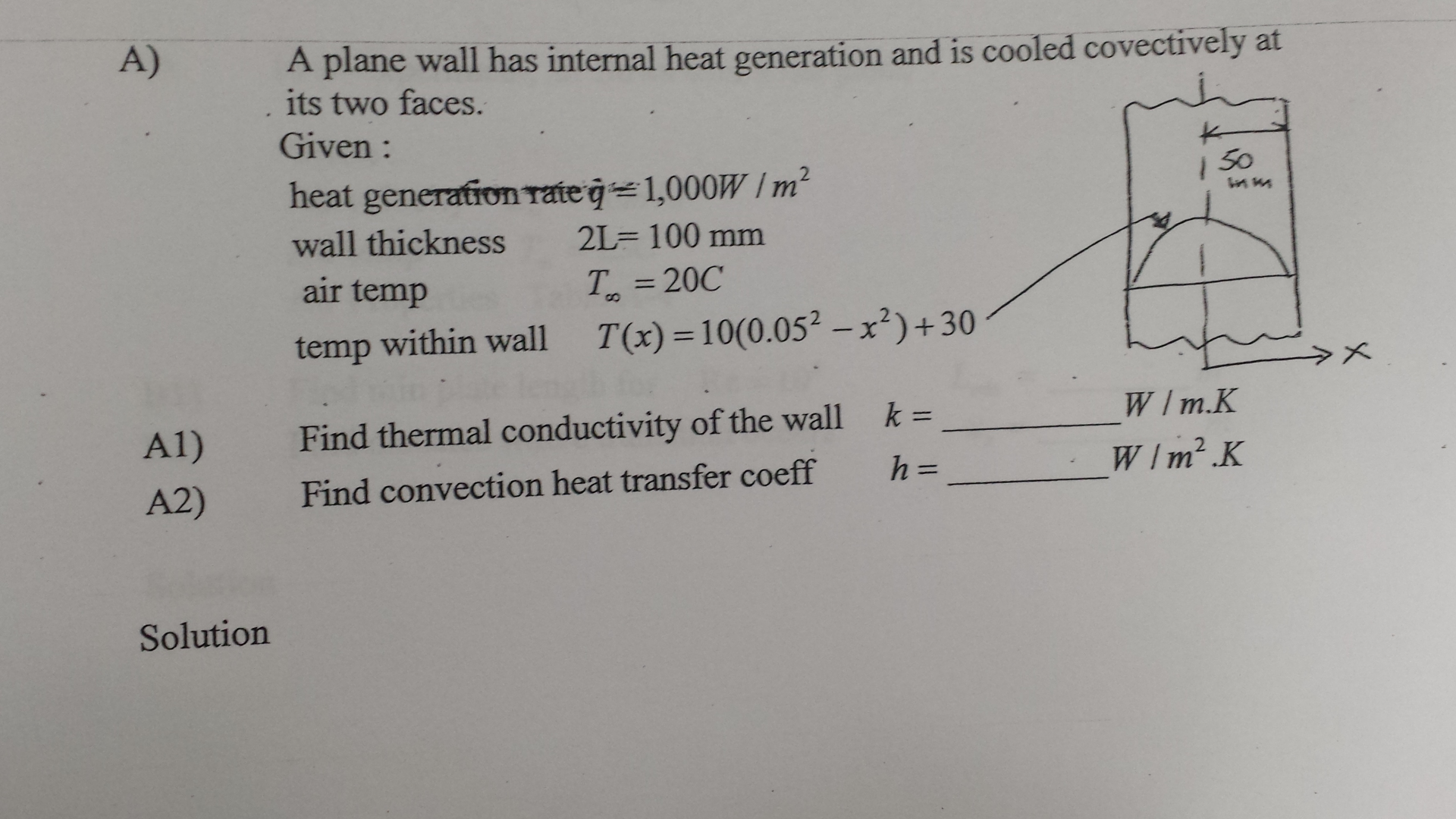
![PDF] Heat conduction in rectangular solids with internal heat generation | Semantic Scholar PDF] Heat conduction in rectangular solids with internal heat generation | Semantic Scholar](https://d3i71xaburhd42.cloudfront.net/f5584847fbe24751fdce1ff3def48e6eb564a7f0/3-Figure1-1.png)


